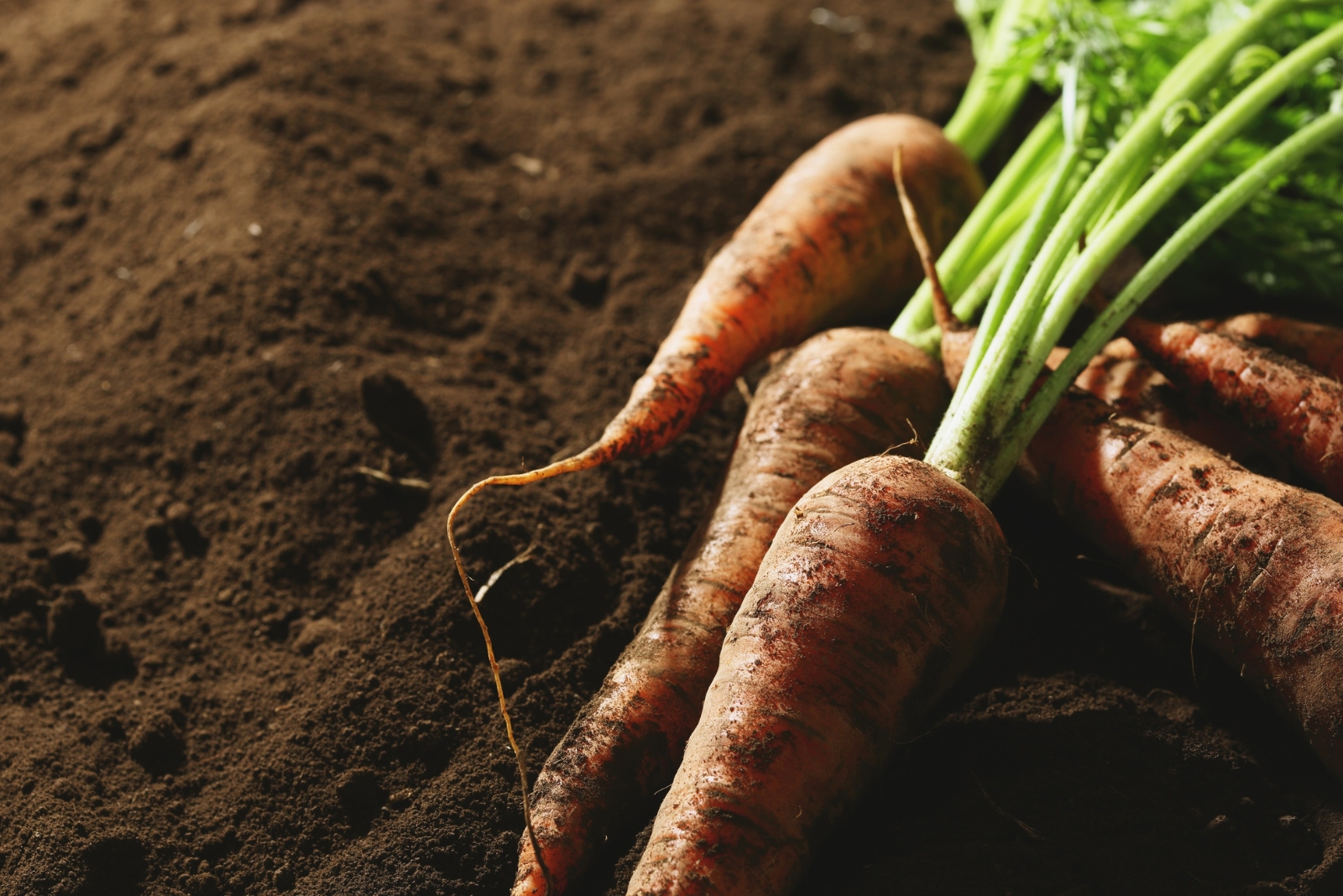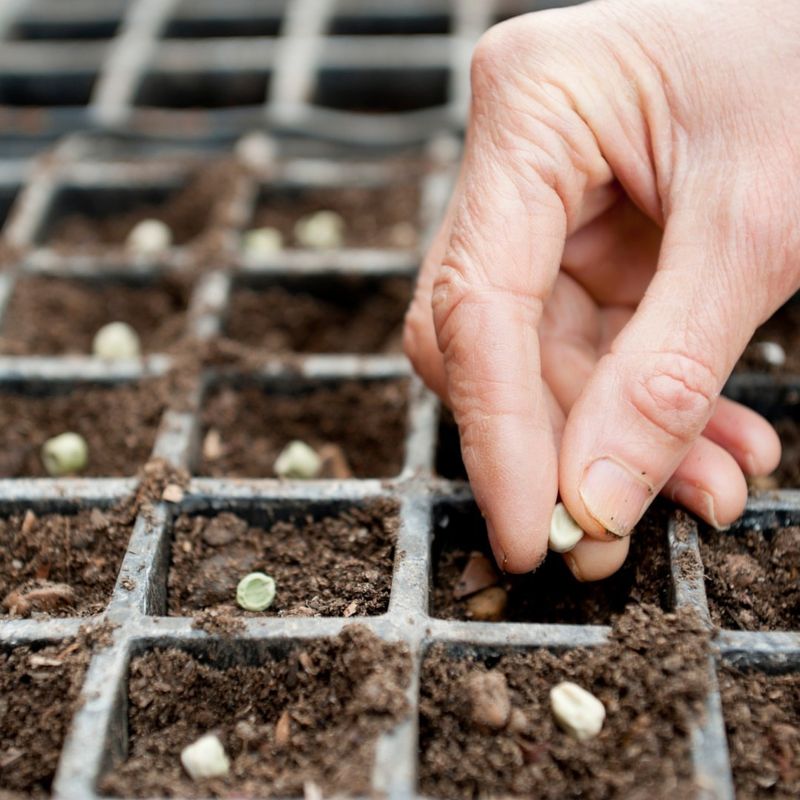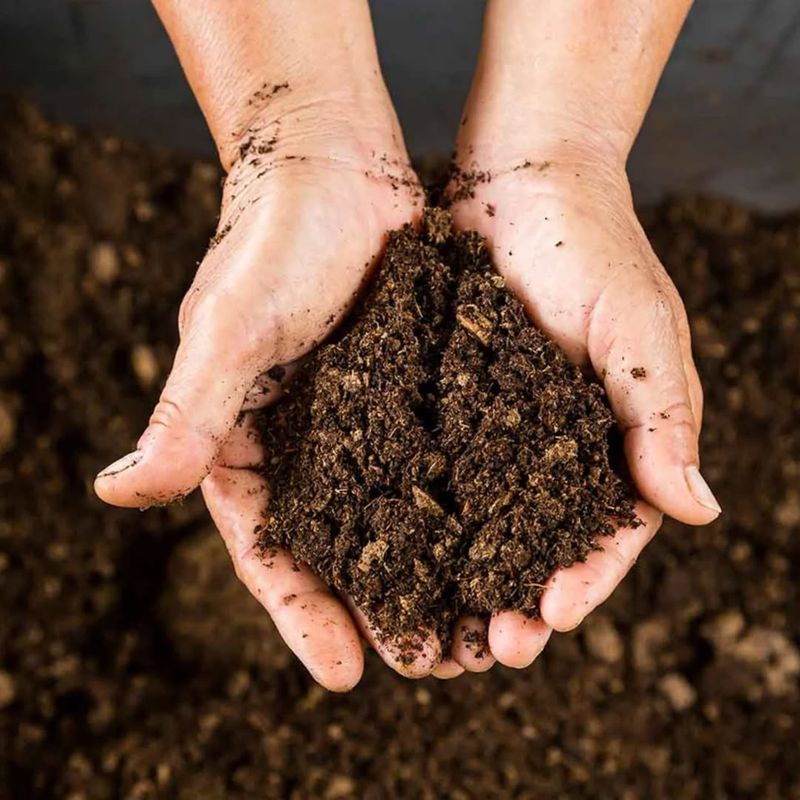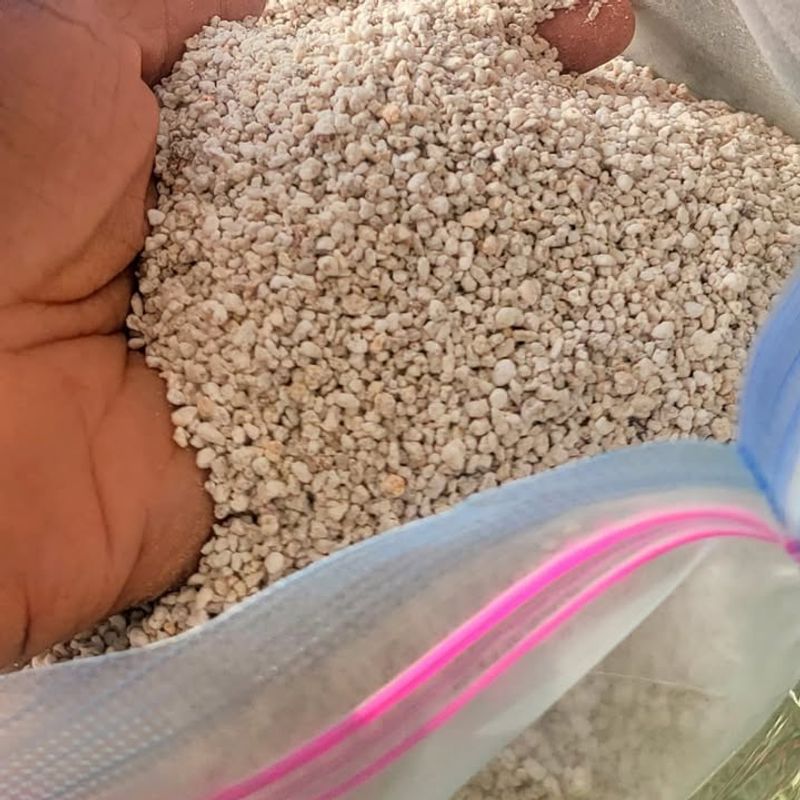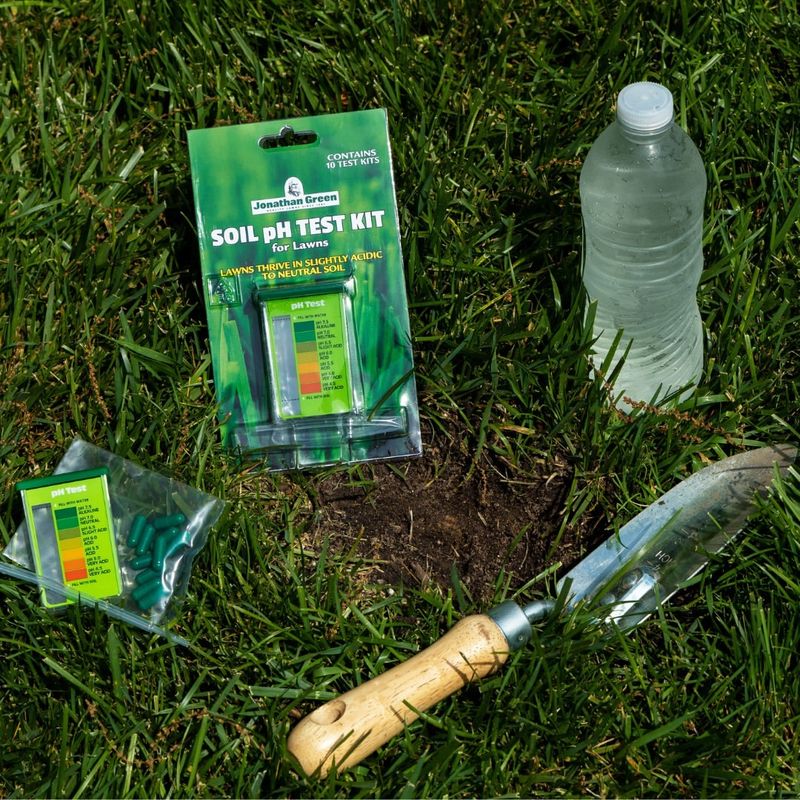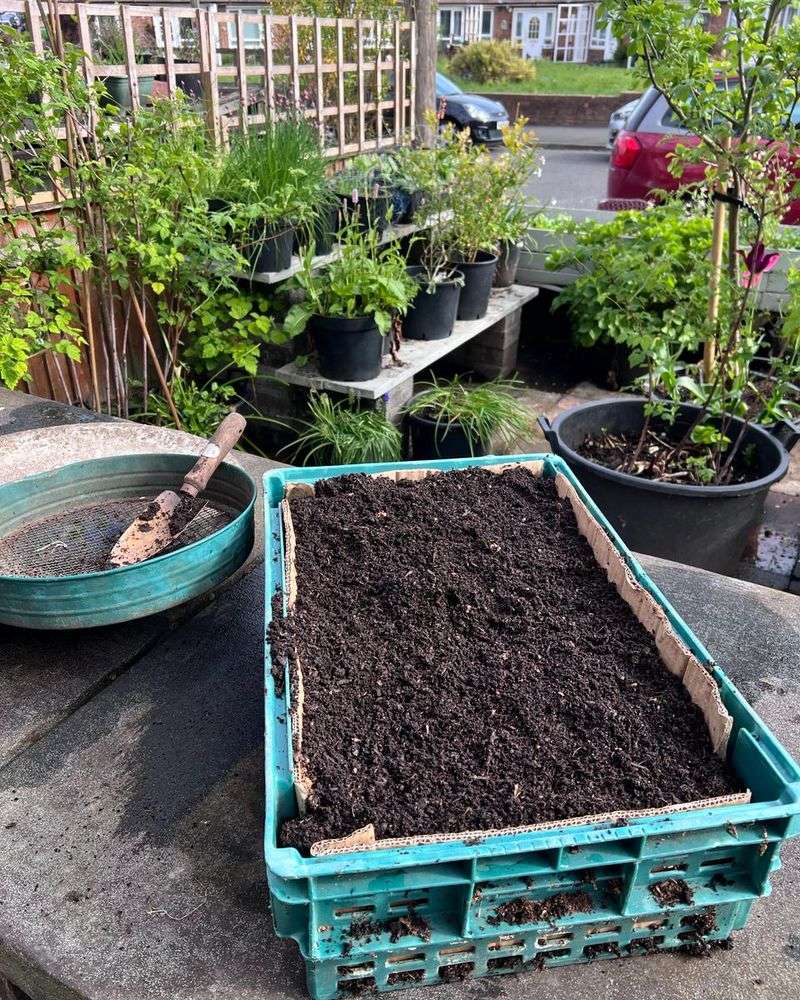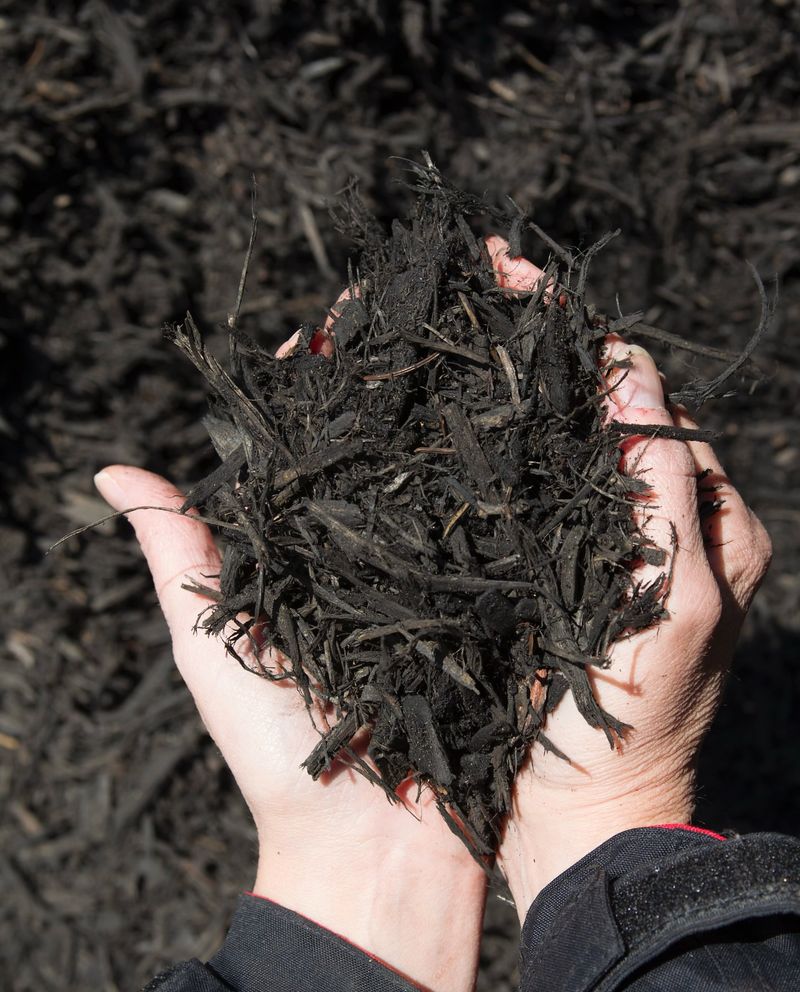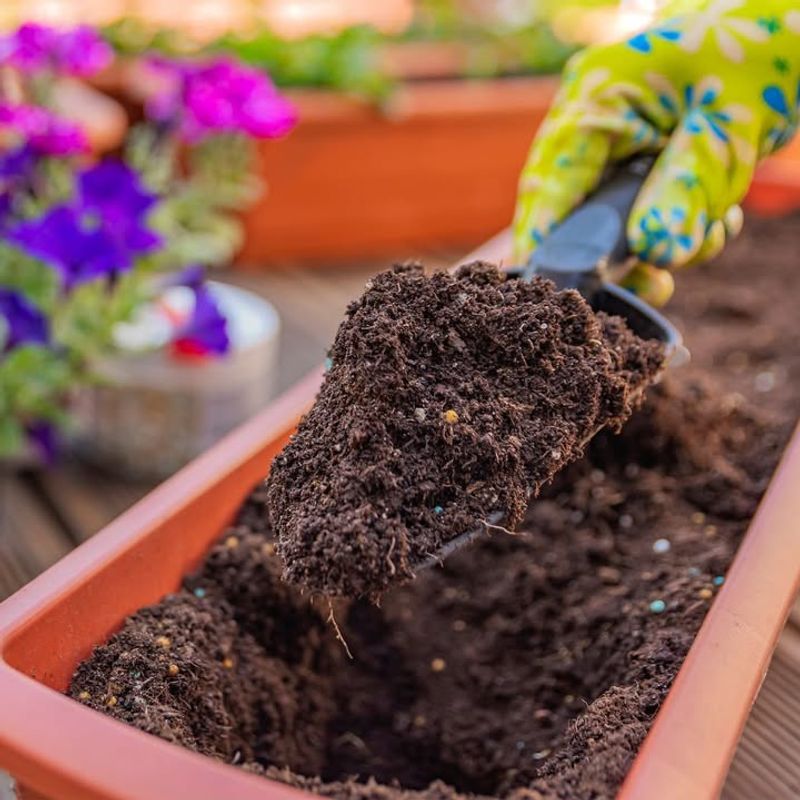Growing vegetables in containers is a smart choice for Florida gardeners who want fresh produce without needing a big backyard. The hot, humid climate and sandy soil can make traditional gardening challenging, but containers give you complete control over what your plants need.
Choosing the right soil mix is the most important step to help your vegetables thrive in pots and produce delicious harvests all season long.
1. Choose A Well-Draining Potting Mix
Florida’s frequent afternoon thunderstorms can quickly waterlog your containers if you’re not careful. Regular garden soil becomes compacted and heavy in pots, suffocating plant roots and inviting rot. A quality potting mix contains ingredients like peat moss, coconut coir, and perlite that create air pockets for roots to breathe.
Look for bags labeled specifically for containers rather than garden beds. Your vegetables will establish stronger root systems and grow faster when excess water drains away quickly after each rainfall or watering session.
2. Add Compost For Extra Nutrients
Potting mixes alone don’t provide enough food to keep hungry vegetable plants satisfied throughout the growing season. Mixing in compost enriches your soil with beneficial microorganisms and slow-release nutrients that feed plants naturally over time.
Aim for a ratio of about one part compost to three parts potting mix when filling your containers. Homemade or store-bought compost both work wonderfully, giving your tomatoes, peppers, and leafy greens the organic boost they need to produce abundant harvests in Florida’s warm climate.
3. Include Perlite Or Vermiculite For Aeration
Oxygen is just as essential to plant roots as water and nutrients, yet many gardeners forget this crucial element. Perlite and vermiculite are lightweight volcanic materials that prevent soil from becoming dense and compacted over time.
Adding a generous handful of either material to your container mix keeps the texture fluffy and porous. Roots can spread easily and access the air they need to function properly. Without proper aeration, even the best fertilizers won’t help your vegetables reach their full potential in Florida’s challenging growing conditions.
4. Balance pH Levels Between 6.0 And 7.0
Most vegetables prefer slightly acidic to neutral soil, which helps them absorb nutrients efficiently from the growing medium. Florida’s naturally acidic conditions can sometimes push container soil too far in that direction, locking out essential minerals.
Testing your soil pH with an inexpensive kit from any garden center takes just minutes and provides valuable information. If your mix tests too acidic, add a bit of lime to raise the pH. Too alkaline? Sulfur brings it back down to the sweet spot where your vegetables can thrive.
5. Use Slow-Release Fertilizer For Steady Growth
Container vegetables need consistent feeding since frequent watering washes nutrients out through drainage holes faster than in-ground gardens. Slow-release fertilizer pellets mixed into your soil at planting time deliver a steady supply of nitrogen, phosphorus, and potassium for months.
Granular formulas designed for vegetables work perfectly in Florida’s year-round growing environment. Your plants receive balanced nutrition without the hassle of weekly liquid feeding. Simply refresh the pellets every few months according to package directions, and watch your container garden flourish with minimal effort on your part.
6. Avoid Heavy Garden Soil In Containers
Scooping dirt from your yard might seem like an easy shortcut, but it creates serious problems in container gardening. Garden soil becomes brick-hard when confined to pots, preventing water penetration and strangling delicate feeder roots that plants depend on.
Native Florida sand drains too rapidly and lacks nutrients, while clay-heavy soils turn into concrete under the intense summer sun. Stick with commercial potting mixes formulated specifically for containers. Your vegetables will reward you with vigorous growth instead of struggling to survive in unsuitable growing conditions.
7. Refresh Soil Annually For Best Results
Even the highest-quality potting mix breaks down over time, losing its fluffy texture and nutrient-holding capacity after a full growing season. Salt buildup from fertilizers and Florida’s hard water can also accumulate, creating toxic conditions for new plantings.
Starting fresh each year gives your vegetables the best possible foundation for success. Dump old soil into garden beds where it still benefits plants, then fill containers with new mix enriched with compost and amendments. This simple practice prevents disease carryover and ensures your container garden stays productive year after year.

